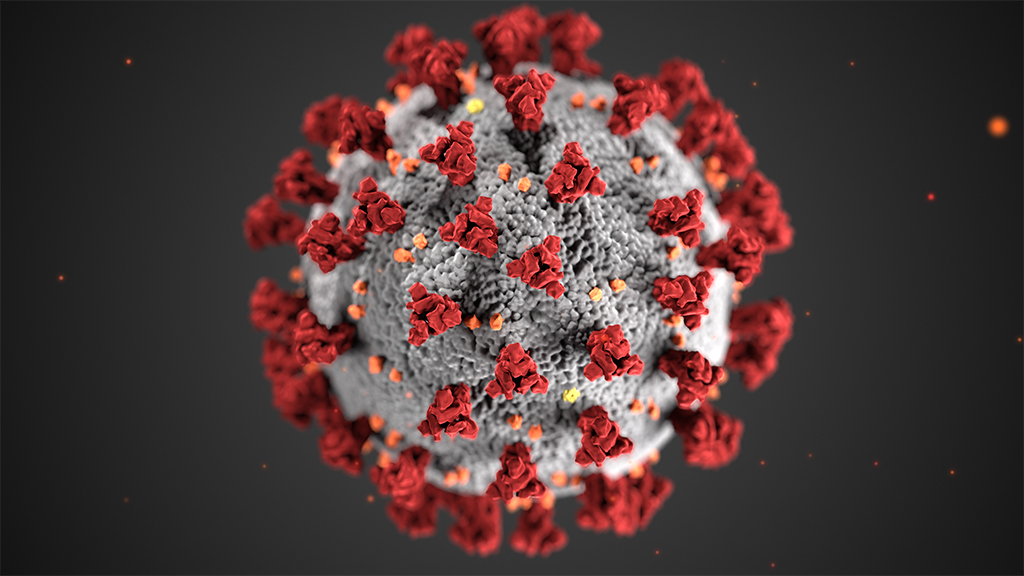Abstract
This directed case study was designed for introductory level or mid-level biology students to serve as a capstone project incorporating aspects of nucleic acid, lipid and protein structure and function, central dogma, and virus life cycles. The storyline follows two young girls and their family during the 2019–2020 coronavirus outbreak in the United States. Students explore the differences between SARS-CoV-2, which causes COVID-19, and other viruses like herpes, influenza and HIV. They examine the structure of SARS-CoV-2 and how it binds to and enters a cell. They consider the genome of SARS-CoV-2, which consists of RNA-based nucleic acids, and its mechanism of translation. One of the girls in the story tests positive for COVID-19 and her parents consider multiple antiviral treatments approved for influenza, HIV and herpes. Students then research the mechanism of action of these antivirals, suggest why they will not be successful in treating COVID-19, and predict possible antiviral targets specific for SARS-CoV2. The case concludes with a writing assignment in which students use what they have learned in the case and address ethical questions involved with sharing patient information.


